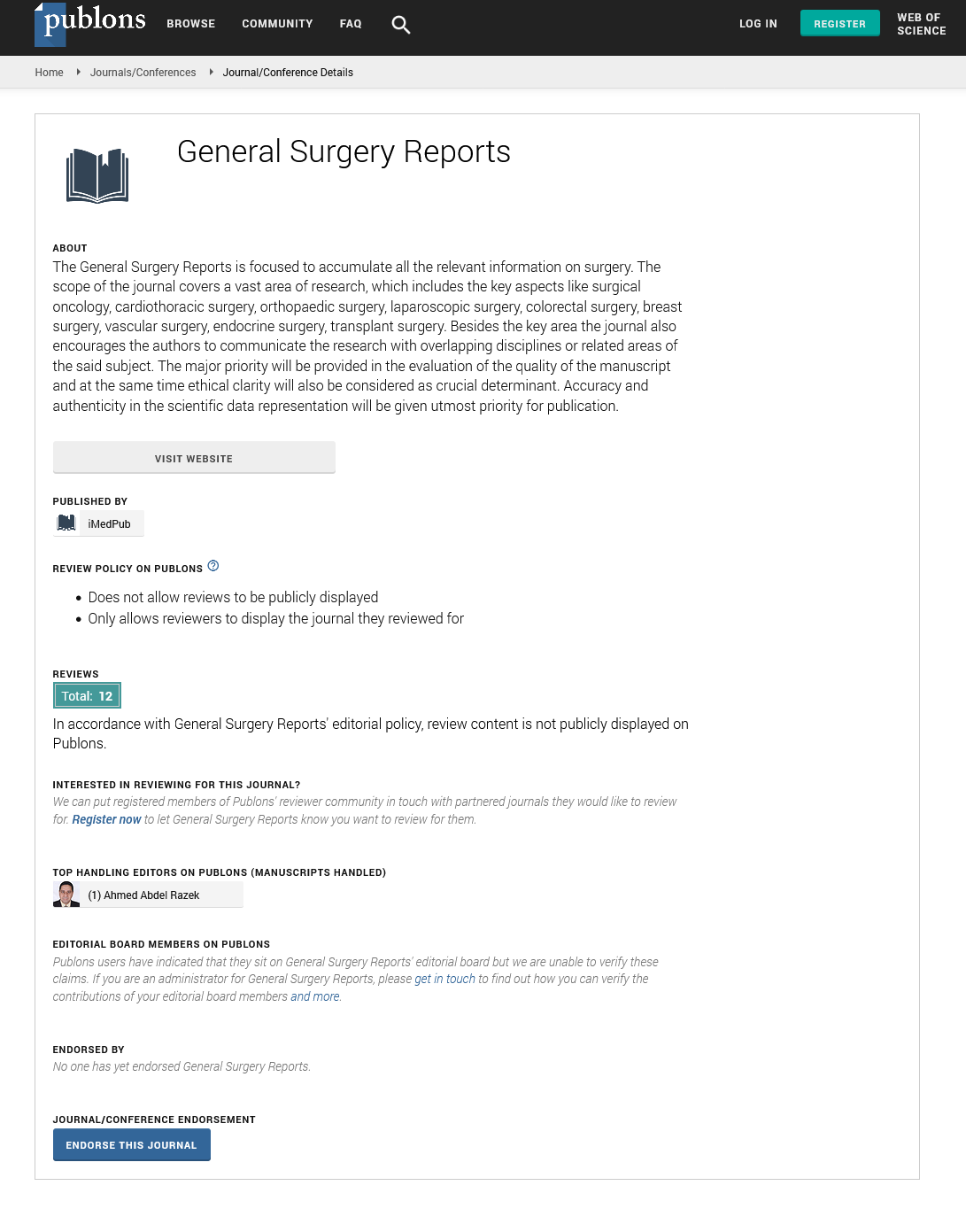Abstract
Comparative study of conventional and topical heparin treatment in second degree burn patients for burn analgesia and wound healing
Objective: To evaluate scientific outcome of topical traditional with topical heparin remedy in second diploma or partial thickness burn (ptb) sufferers. Strategies: sufferers, among the while of 14 and 60 years with second degree burns involving <20p. Ctotal frame surface vicinity (tbsa) on the front of chest, stomach and upper limbs apart from fingers and decrease limbs have been enrolled from September 2015 to august 2016. Sufferers had been randomized to conventional or heparin remedy agencies. Medical final results measured were healed wound size, ache scores and total intake of analgesic remedy required to alleviate pain. Protection of the remedy and unfavourable activities were also measured the topics on this take a look at were 40 consecutive burn patients with 10-20% burns, randomly allotted to heparin organization (h-organization) (20) and control organization (c-institution) (20). All sufferers in the h-group were receiving analgesics on call for simplest from the 2nd week onwards. This turned into in evaluation to the c-group in which 35% patients acquired twice each day dosage of analgesics within the 2 nd week of their remedy. While as compared to the average sanatorium stay of 18. 3 days inside the c-institution, sufferers belonging to the h-institution had a median health facility stay of 12. 3 days (p < zero. 05). Conclusions: the contemporary comparative observe demonstrates that heparin notably decreases the requirement of analgesics and the time required to prepare a burn wound for grafting. Besides as compared to silver sulfadiazine dressings, heparin appears to be fee-effective. Pain associated with partial thickness burns (ptb) is very excessive and distressing for the sufferers.
Author(s): Sobia Manzoor, Sohail Bashir, Farid Ahmad Khan and Mustehsen Bashir
Abstract | PDF
Share This Article
Google Scholar citation report
Citations : 6
General Surgery Reports received 6 citations as per Google Scholar report
General Surgery Reports peer review process verified at publons
Abstracted/Indexed in
- Google Scholar
- Publons
Open Access Journals
- Aquaculture & Veterinary Science
- Chemistry & Chemical Sciences
- Clinical Sciences
- Engineering
- General Science
- Genetics & Molecular Biology
- Health Care & Nursing
- Immunology & Microbiology
- Materials Science
- Mathematics & Physics
- Medical Sciences
- Neurology & Psychiatry
- Oncology & Cancer Science
- Pharmaceutical Sciences
